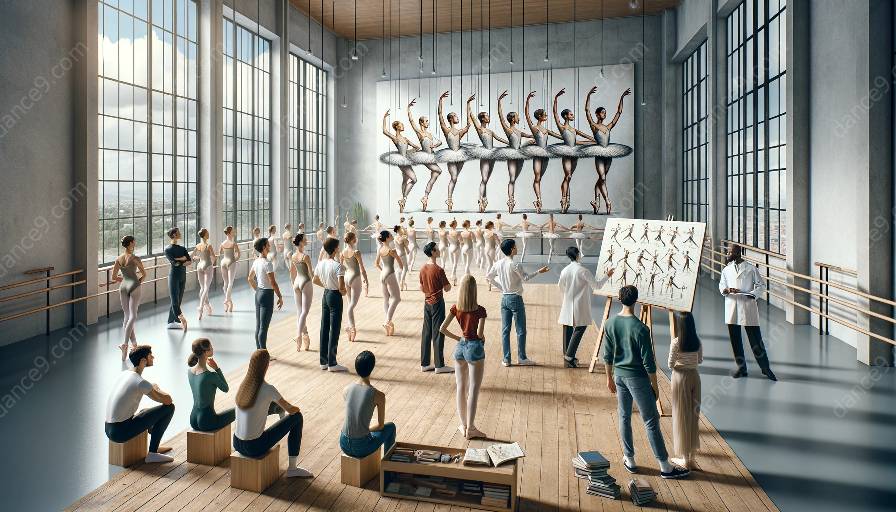Technology has significantly impacted the study and application of ballet notations, revolutionizing the way dancers, choreographers, and scholars analyze and interpret ballet movements and choreography. This article will explore the role of technology in understanding ballet notations, its implications for ballet history and theory, and how modern advances have shaped the way ballet is recorded, studied, and performed.
Understanding Ballet Notations
Ballet notations are systems of recording and analyzing choreography, steps, and movements in ballet. They provide a visual and symbolic representation of the intricate and dynamic art form, allowing dancers and scholars to preserve and analyze ballet works. Traditionally, notations have been written in various symbolic forms, such as Labanotation and Benesh Movement Notation, which use symbols to represent body movements, positions, and transitions.
The Role of Technology in Studying Ballet Notations
Technology has played a pivotal role in advancing the study of ballet notations. With the advent of digital tools and software, dancers and choreographers can now utilize motion capture, 3D modeling, and virtual reality to document and analyze ballet movements with enhanced precision and detail. Motion capture technology, for instance, allows for the precise recording of dancers' movements, preserving the nuances and subtleties of ballet choreography in a digital format.
Implications for Ballet History and Theory
The integration of technology in the study of ballet notations has also reshaped our understanding of ballet history and theory. By digitally preserving historical choreography and notation systems, scholars can delve into the evolution of ballet techniques, styles, and choreographic innovations throughout history. Technology has facilitated the preservation of invaluable ballet works, ensuring that they are accessible to future generations of dancers and enthusiasts.
Technological Advances in Ballet Notations
Modern advancements in technology have not only improved the recording and analysis of ballet movements but have also expanded the creative possibilities within ballet itself. With the use of augmented reality and interactive simulations, dancers can engage with notated choreography in innovative ways, exploring reinterpretations and variations of classical works while preserving the essence of the original notation.
Conclusion
Technology has fundamentally transformed the study and application of ballet notations, enriching our understanding of ballet history, theory, and choreographic intricacies. As technology continues to evolve, it will undoubtedly play an increasingly vital role in preserving, analyzing, and reimagining the timeless art of ballet.





























